Página 2 de 2
Re: Gumbreaking patterns are well-known aren't they?
Publicado: 13 Feb 2014 11:58
por Rein
1956 World Power:
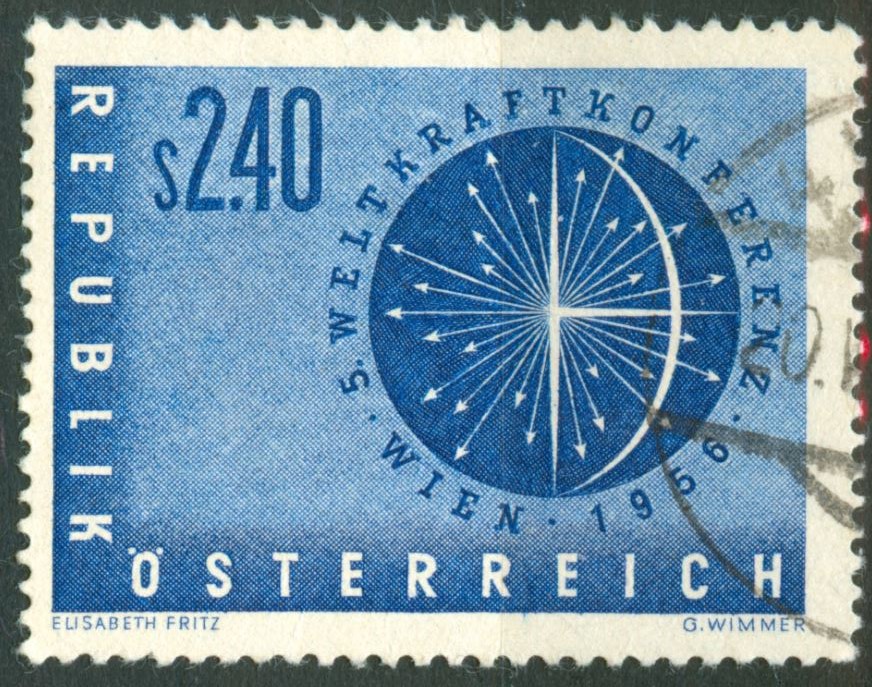
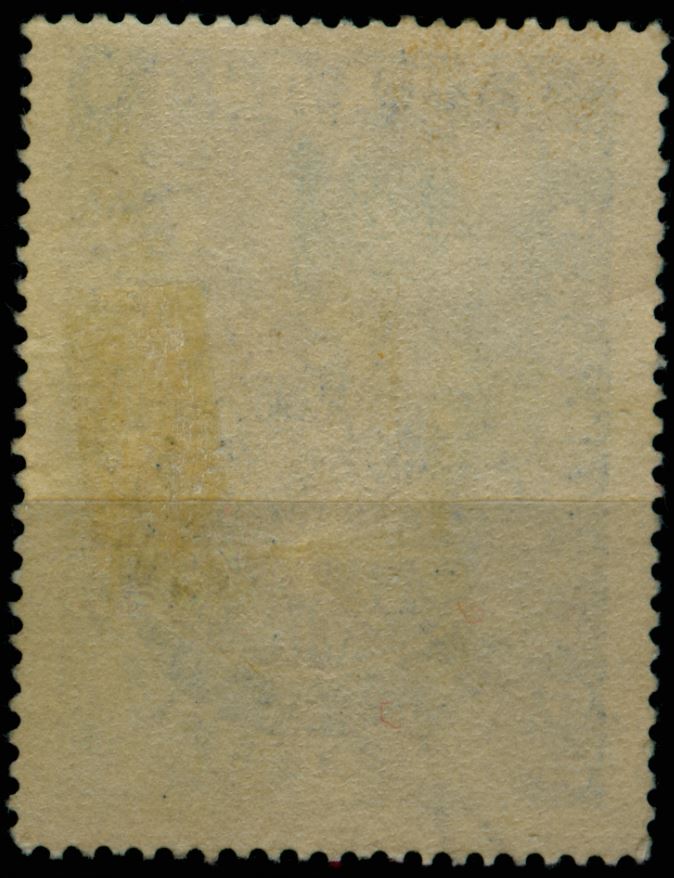
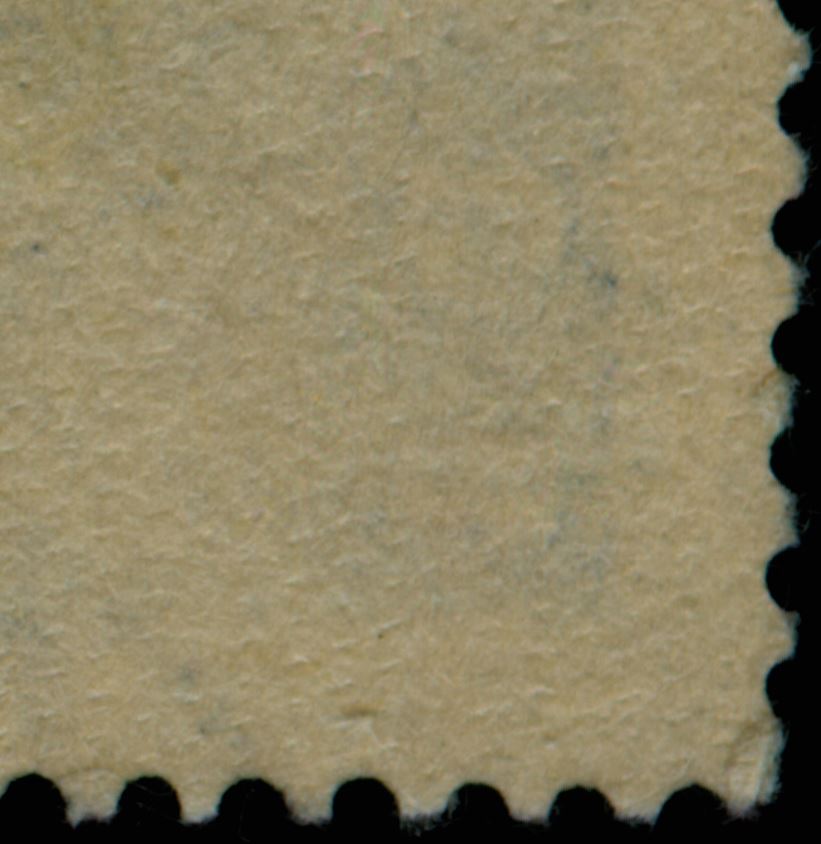
all with the "askew" pattern.
to be continued ...
Re: Gumbreaking patterns are well-known aren't they?
Publicado: 13 Feb 2014 11:59
por Rein
1956 Urbanistics:

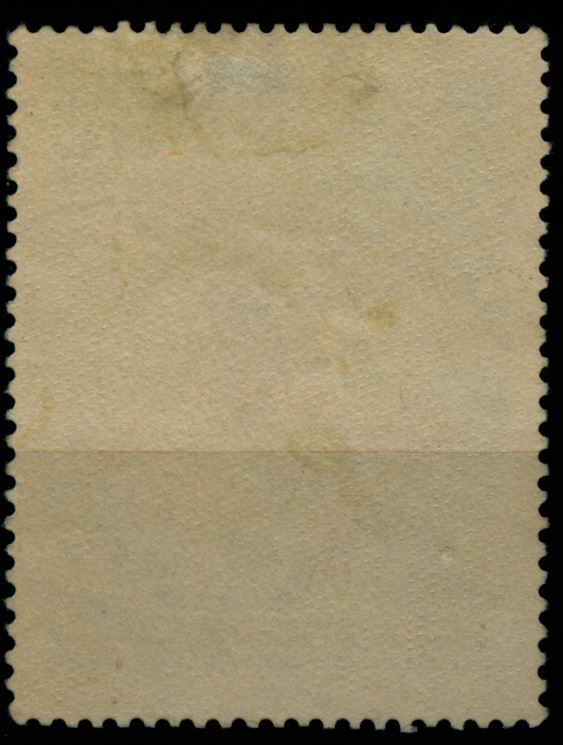
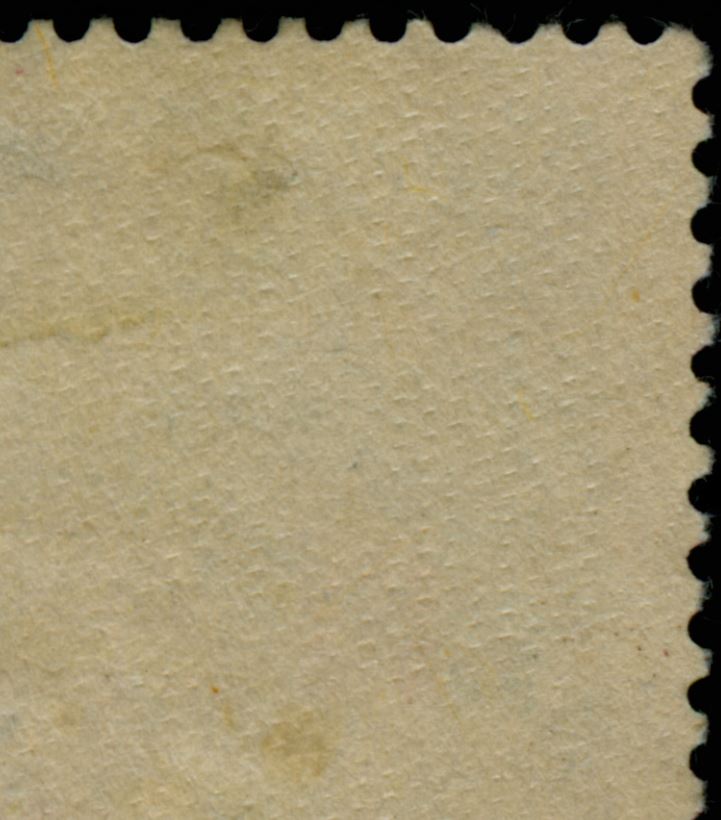
all with the "askew" pattern.
to be continued ...
Re: Gumbreaking patterns are well-known aren't they?
Publicado: 13 Feb 2014 12:00
por Rein
1956 Urbanistics:
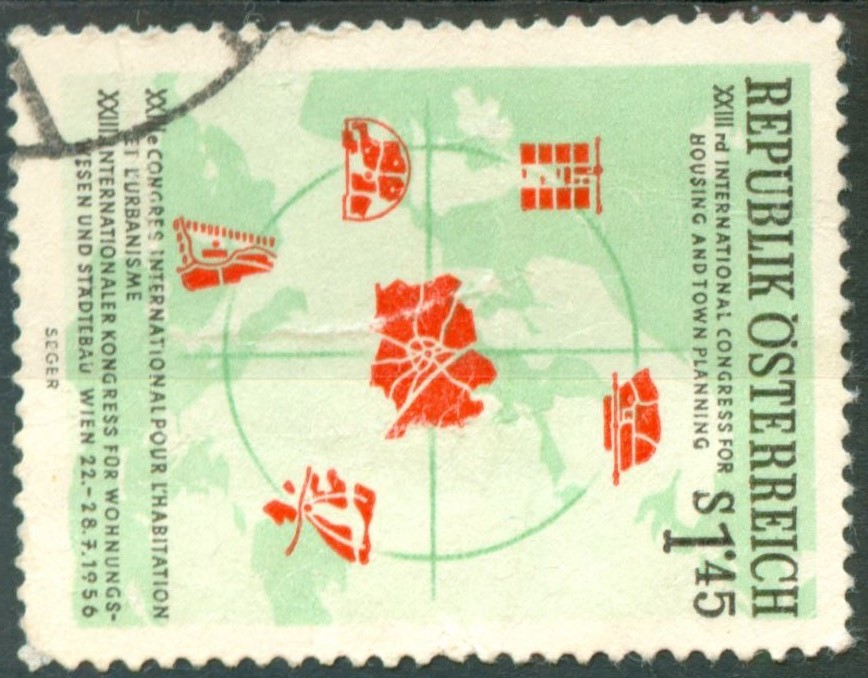
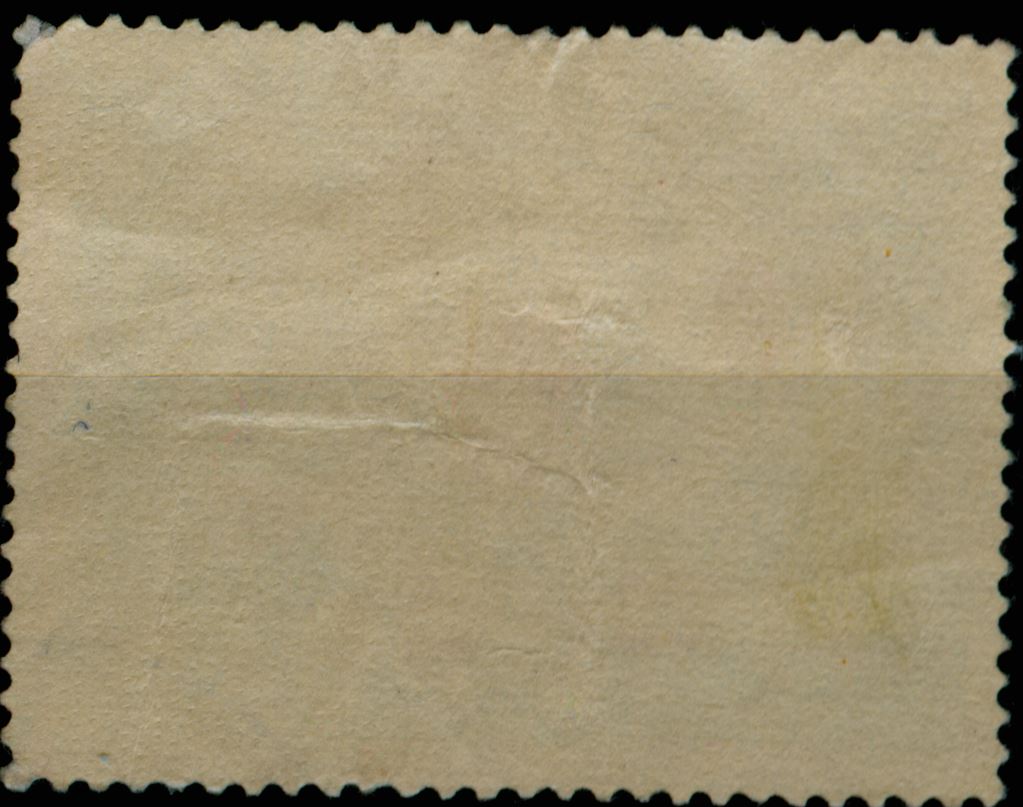
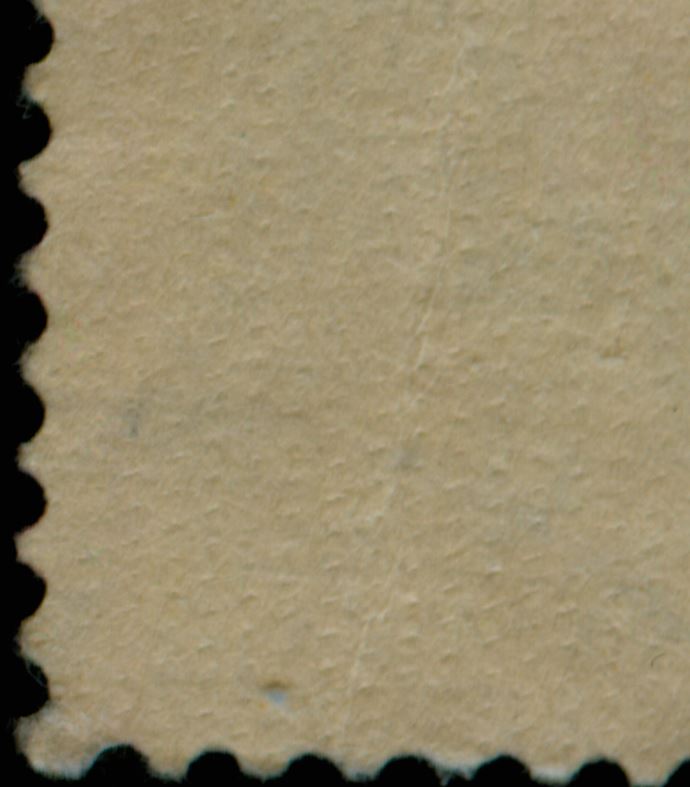
all with the "askew" pattern, but this time with an orientation - direction of paper - that was turned 90 degrees!.
to be continued ...
Re: Gumbreaking patterns are well-known aren't they?
Publicado: 13 Feb 2014 12:02
por Rein
1957 Anton Wildgans
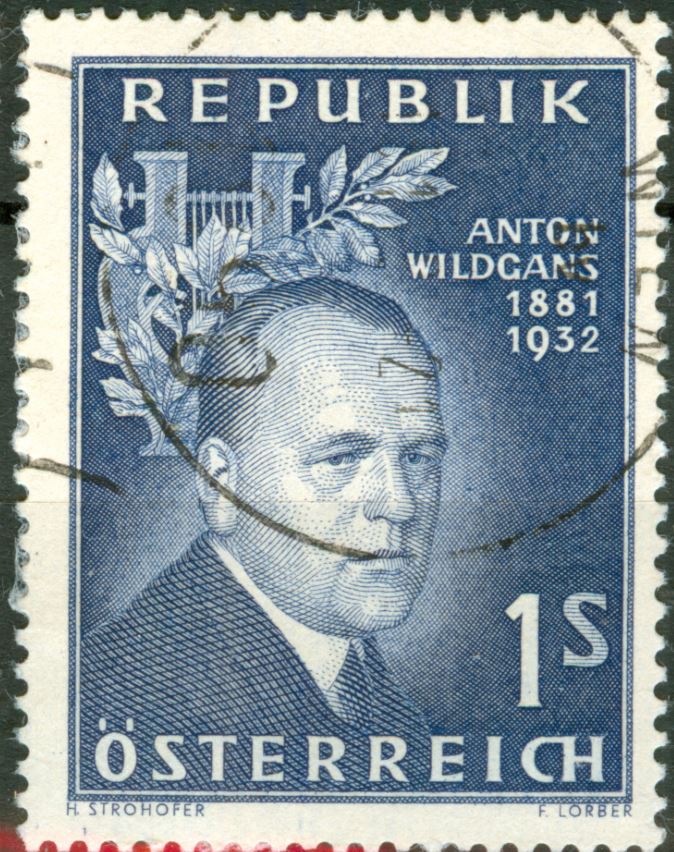
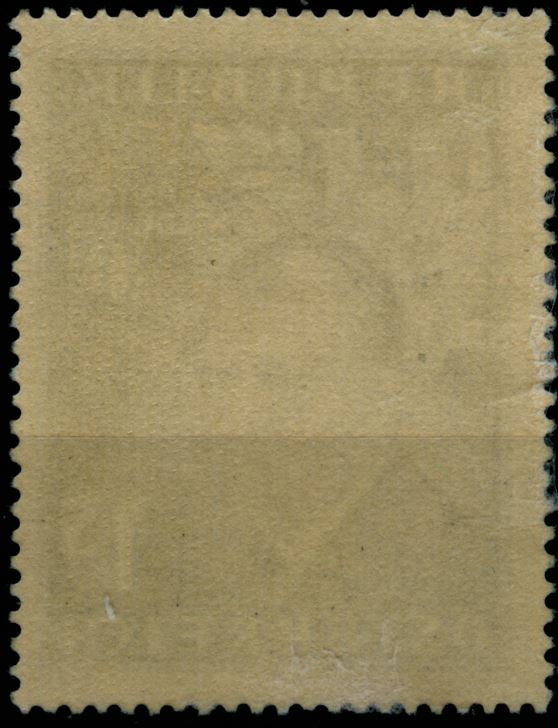
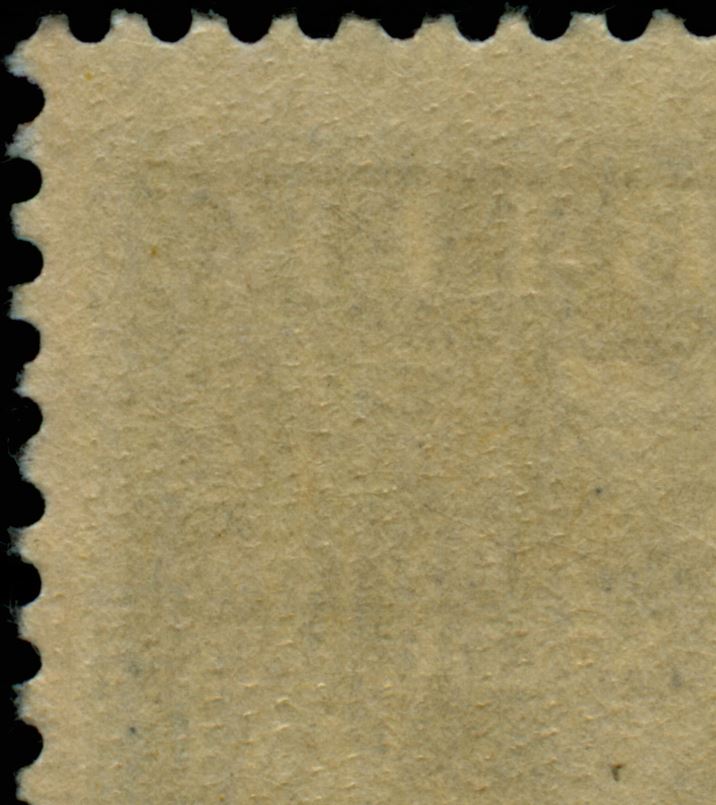
all with the "askew" pattern.
to be continued ...
Re: Gumbreaking patterns are well-known aren't they?
Publicado: 13 Feb 2014 12:03
por Rein
1957 Postauto
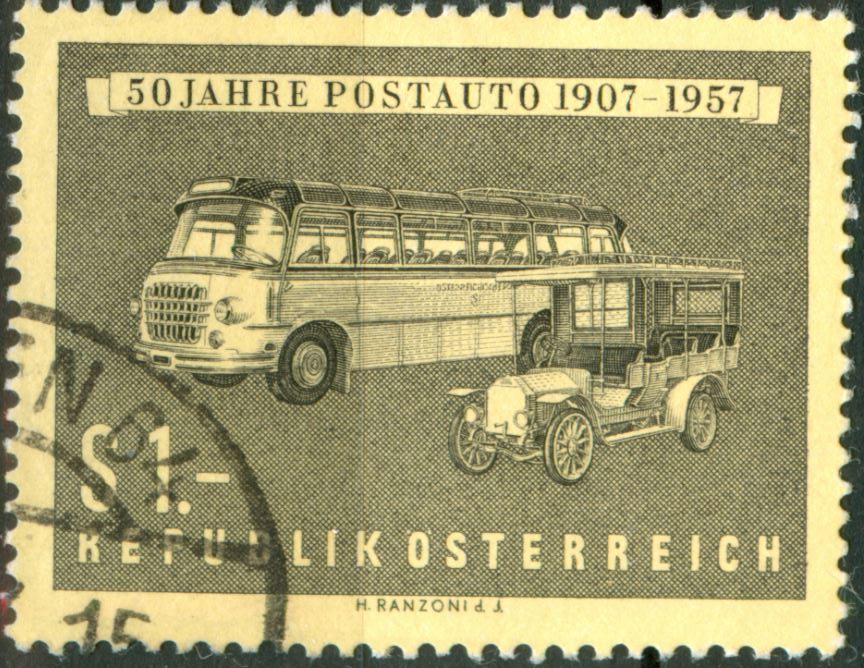
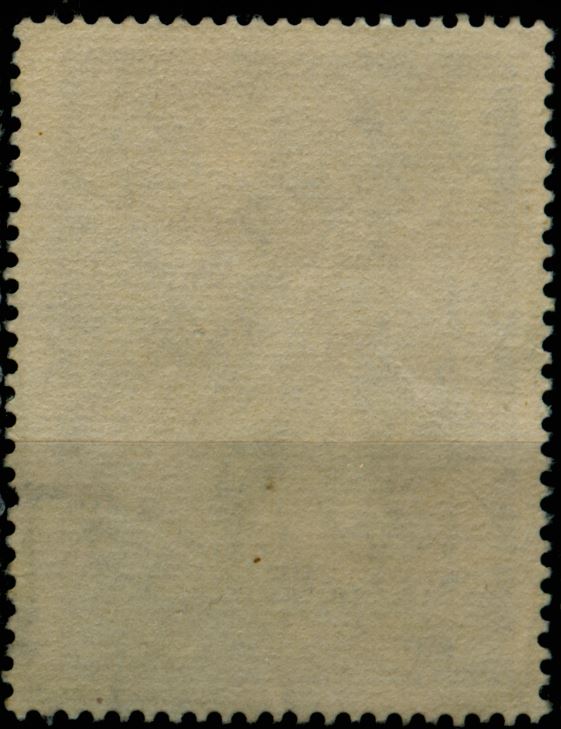
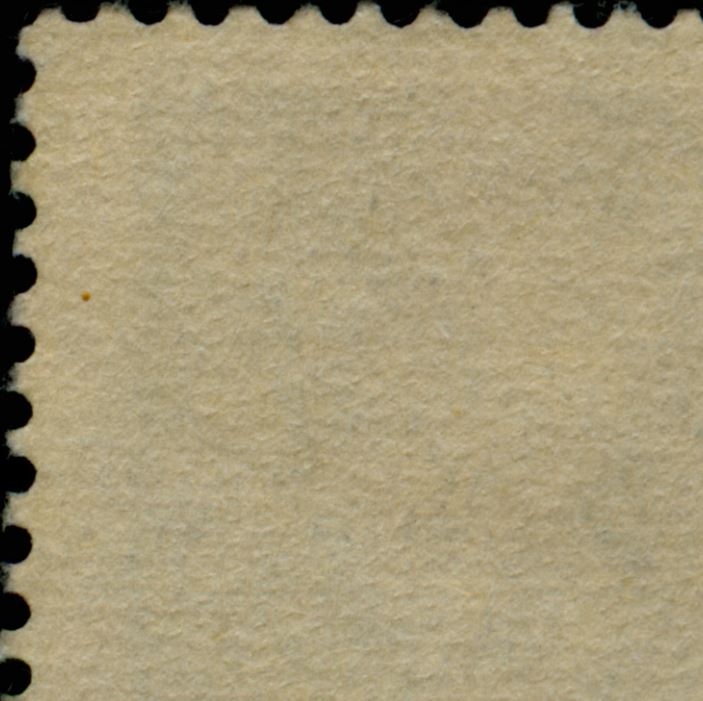
all with the "askew" pattern.
to be continued ...
Re: Gumbreaking patterns are well-known aren't they?
Publicado: 13 Feb 2014 12:07
por Rein
I paid quite some attention to the Austrian examples as the catalogues and handbooks - Michel or ANK - do NOT pay attention to the "askew" pattern!
What Michel does show and list is a pattern of which we have NOT seen a single trace! A blocked pattern of horizontal plus vertical lines!
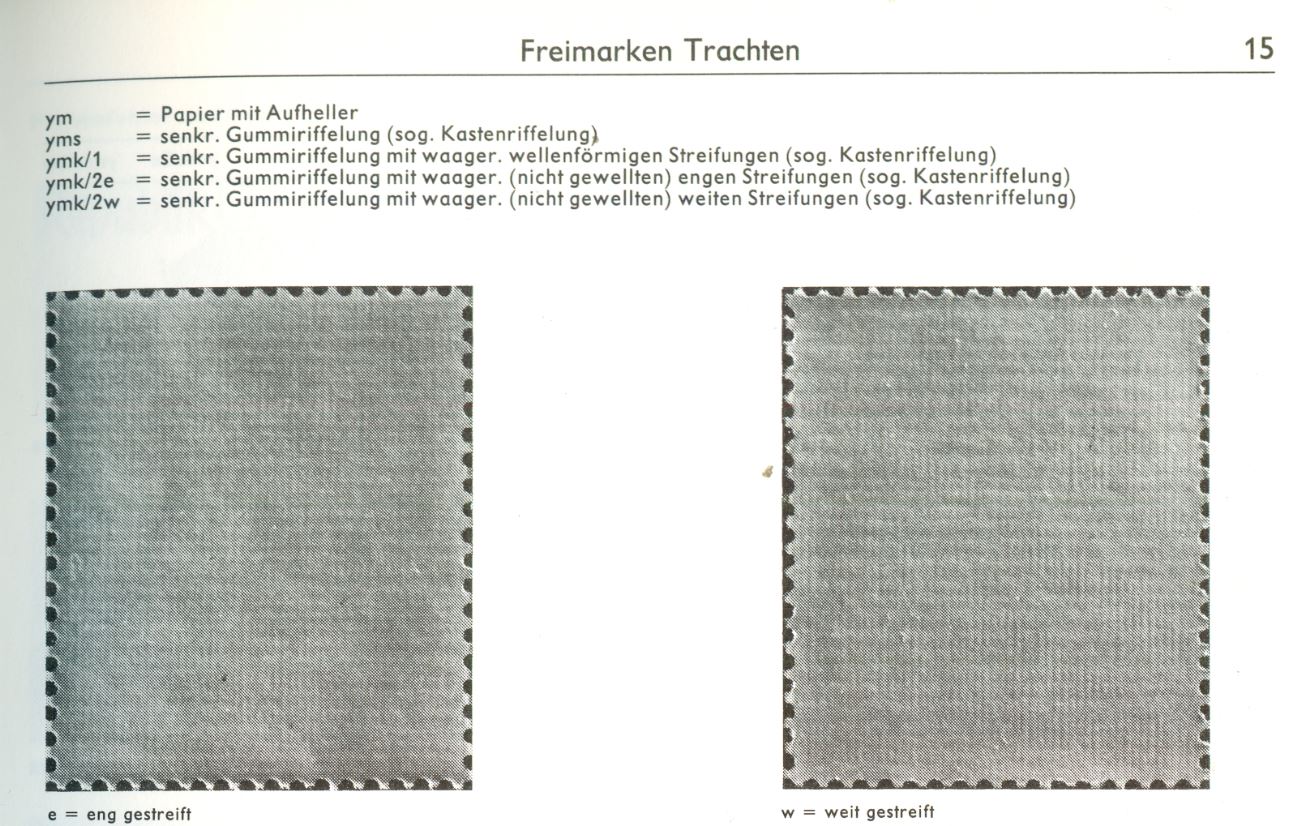
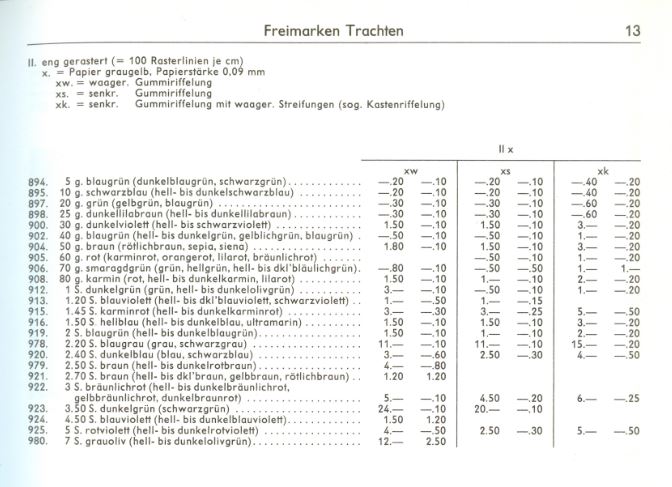
Does ANYBODY have a good example of that???? And is able and willing to show it here?!
to be continued ...
Re: Gumbreaking patterns are well-known aren't they?
Publicado: 13 Feb 2014 16:10
por Rein
So far I have introduced a few gum breaking patterns NOT mentioning the particular Argentina ones!
And on the other hand, do not forget quite often the gummed stamp paper gets the gum broken by a simple knives device that produces not so regular sets of diagonal lines in two directions and more or less under an angle of 45 degrees... There is NO pattern, but the gum gets broken just as well.
What is typical of most Austrian stamps of the 1945-1958 period is that BOTH the pattern is there AND the above mentioned sets of diagonal lines..
Quite often you can not easily see the wavy lines pattern! It is there! And it almost seems as if it was applied to prevent the very paper from curling, NOT the gum causing this!
to be continued ...
Re: Gumbreaking patterns are well-known aren't they?
Publicado: 13 Feb 2014 16:12
por Rein
Getting back to the German stamps, I think we should try to establish a gauge for the density of the wavy lines...
It is not that easy and I think the number of lines per 5mm would do - if we manage to count them.
Why should we want to do such a thing?
I found out that German stamps have - at least that is my impression - had two different densities around 1935.
I am trying to get some feed-back from German collectors in the German Association Forum but so far only hot-shots get annoyed of my trying to put another technical matter on the agenda.
I should ask our Germania lovers here as well!
to be continued ....
Re: Gumbreaking patterns are well-known aren't they?
Publicado: 14 Feb 2014 23:01
por Otin
Rein,
"Askew" to what lenguage belongs?
José
Re: Gumbreaking patterns are well-known aren't they?
Publicado: 15 Feb 2014 06:43
por Rein
Otin escribió:Rein,
"Askew" to what lenguage belongs?
José
José,
it is an English word that got immediately understood by Google!

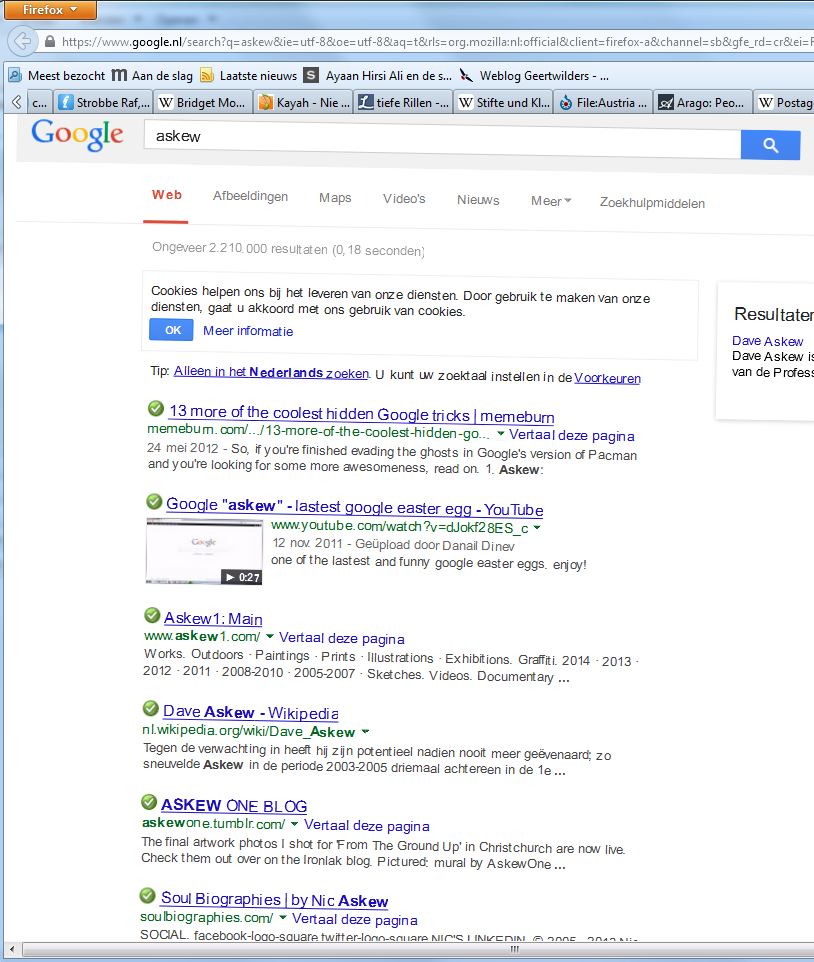
Etymology: From Old Norse á ská (“askew, askance”), equivalent to a- + skew. Compare Icelandic á ská (“diagonally”), Danish skrå (“slanting, oblique”), German Schräge (“slope, slant”).
saludos, Rein
Re: Gumbreaking patterns are well-known aren't they?
Publicado: 15 Feb 2014 22:09
por Otin
Rein,
Thanks for your info. José























